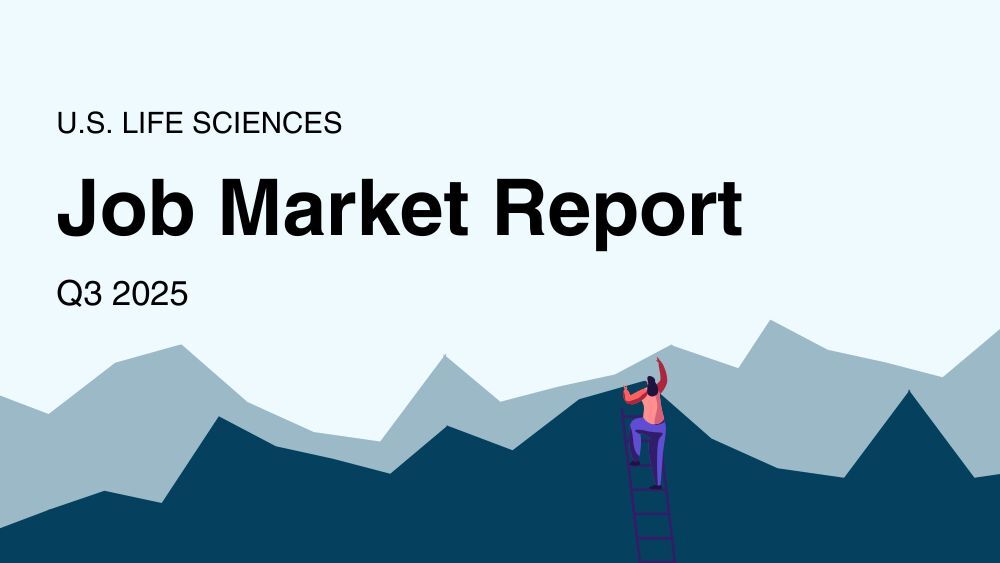While some of the initial excitement around immunotherapies has waned, companies—particularly smaller biotechs—are developing newer iterations that will take cancer care to the next level.
Checkpoint inhibitors have defined the advent of immuno-oncology. One of the leading examples, Merck’s Keytruda, a PD-1 inhibitor, is the top-selling drug in the U.S., with $25 billion in annual sales in more than 30 indications. Its first approval by the FDA in 2014 marked a revolutionary moment in immuno-oncology and PD-1 inhibitors, followed by a frenzy of investments and research.
Having been part of that first wave at Bristol-Myers Squibb, and now leading Mural Oncology to advance cytokine-based immunotherapies, I find this 10-year anniversary a fitting moment to both acknowledge the enormous impact the first immuno-oncology (IO) revolution had on patients and herald the approach of a second IO wave that will go even further toward realizing the potential of this class.
Pushing Past the Plateau
In the earliest days of IO, I had the opportunity to help steer R&D at BMS, including a dramatic expansion of its oncology portfolio. With that expansion, I became deeply involved in the development of BMS’ IO strategy, starting when immunotherapy was in its earliest days and leading to the development and evolution of a broad portfolio, including Opdivo, which was approved shortly after Keytruda.
That period was a revolutionary time in cancer and IO. As an industry, we gained a deeper understanding of biology and the immune system’s role in treating cancer, enabling us to bring new therapies forward that had a tremendous impact on cancer care. We had never before seen disease responses where the tumors would seemingly melt away—it truly transformed the understanding and expectation about what was possible for treating cancer.
However, in the world of drug development, it’s common to see more failure than success. While the indications for PD-1 inhibitors and combinations involving them quickly expanded, that success stood almost alone in IO. There were vast investments across the industry in search of additional and complementary IO pathways that could be used in monotherapy or combination—but very limited progress. And today, IO treatment response rates have plateaued at around 30% overall response rate across patients, which, while still incredible, means that 70% of patients are not responding.
A decade without another major IO success brought cynicism to the segment, with oncology investments dropping from 46% of asset-focused VC funding in 2021 to 22% in 2022. Many would be skeptical that a comeback is in the works. However, I believe that what we’re witnessing is merely the natural evolution seen in every therapeutic area.
First-generation breakthroughs and the work that builds upon them illustrate that science is generally not linear. Across class after class of new therapeutics, we see that it often takes at least 10 years to bring a new class to market, a process that begins with a focus on the underlying biology of disease as we develop new scientific tools that enable both better understanding and the design of more-effective agents. We are now approaching the end of that 10-year arc in IO therapies, where a deeper understanding of the underlying biology coupled with new science and capabilities to exploit that understanding will lead to a new wave of approvals.
Immuno-oncology 2.0
While the first wave of the IO revolution was headlined by big pharma players, this time, I’m betting it will be smaller biotech companies that push forward a new wave of therapies and expand the boundaries of what we believe is possible in cancer. Small and mid-sized biotech companies can move rapidly and nimbly to bring candidates forward. This next wave will be brought by looking at additional pathways beyond PD-1 because we now have a deeper understanding of the underlying disease biology across a wide array of cancers and tumor types.
Bispecifics, an area of IO that has been around for over a decade, represent a potentially $50 billion market. Renewed confidence in the sector is driven by the promise of enhanced efficacy, reduced toxicity and tailored treatment approaches. We saw a big focus on these and antibody-drug conjugates (ADCs) during ESMO this year, with promising readouts for ovarian cancer. ADCs, another hot modality, are at a similar tipping point, with a rapid increase in the number of approved agents for hematological cancers and solid tumors, leading to an uptick in investment to meet the growing demand for targeted therapies that could offer higher efficacy and fewer side effects.
I have seen how the first generation of IO therapies helped to change patients’ lives. I joined Mural because I still believe that only the first chapter of the IO story has been written. Many analysts and investors are also sensing a shift and renewing their enthusiasm for IO, and we’ve similarly heard excitement from clinicians and the broader research community. For decades, the potential of cytokines in IO has been well-understood but not yet realized. With advancements in protein engineering, there is now real opportunity to improve on all the previous work and overcome some of the prior limitations. While it’s unlikely we’ll see another backbone treatment like PD-1, I do believe we will see new classes of drugs emerge that will be life-changing for patients, such as cytokines, T cell engagers and other multi-specific antibodies.
As we reflect on the pivotal role of checkpoint inhibitors in IO, it’s clear we are standing on the precipice of another transformative phase. The first IO revolution changed the paradigm of cancer treatment, introducing therapies that significantly extended lives and reshaped expectations. As we move forward, remember: the IO story isn’t fully written, and the next chapter is just beginning.






